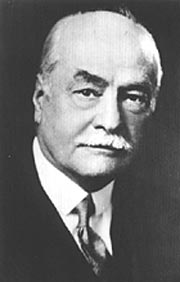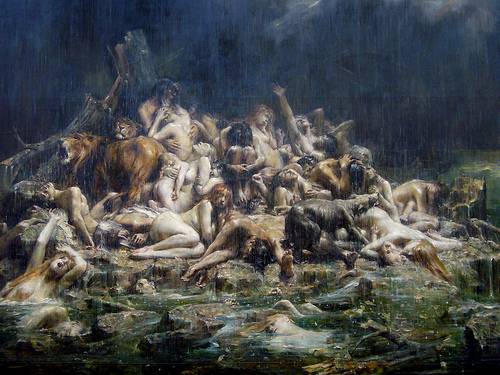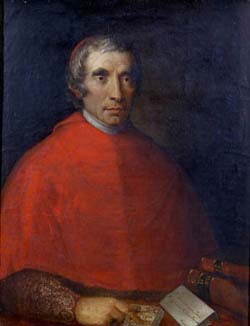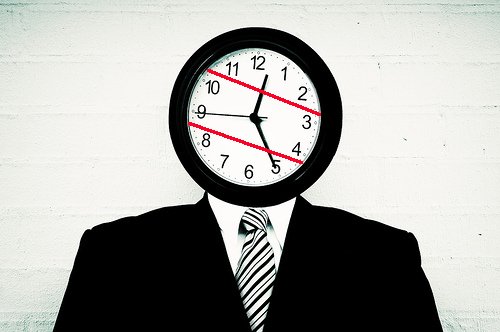
Nicholas Murray Butler presided over Columbia University for 43 years and won the Nobel Peace Prize; Teddy Roosevelt called him “Nicholas Miraculous.”
His students sometimes held a different opinion; when one of them, Rolfe Humphries, was invited to contribute an ode to Poetry in 1939, he sent this:
Niobe’s daughters yearn to the womb again,
Ionians bright and fair, to the chill stone;
Chaos in cry, Actaeon’s angry pack,
Hounds of Molussus, shaggy wolves driven
Over Ampsanctus’ vale and Pentheus’ glade,
Laelaps and Ladon, Dromas, Canace,–
As these in fury harry brake and hill
So the great dogs of evil bay the world.
Memory, Mother of Muses, be resigned
Until King Saturn comes to rule again!
Remember now no more the golden day
Remember now no more the fading gold,
Astraea fled, Proserpina in hell;
You searchers of the earth be reconciled!
Because, through all the blight of human woe,
Under Robigo’s rust, and Clotho’s shears,
The mind of man still keeps its argosies,
Lacedaemonian Helen wakes her tower,
Echo replies, and lamentation loud
Reverberates from Thrace to Delos Isle;
Itylus grieves, for whom the nightingale
Sweetly as ever tunes her Daulian strain.
And over Tenedos the flagship burns.
How shall men loiter when the great moon shines
Opaque upon the sail, and Argive seas
Rear like blue dolphins their cerulean curves?
Samos is fallen, Lesbos streams with fire,
Etna in rage, Canopus cold in hate,
Summon the Orphic bard to stranger dreams.
And so for us who raise Athene’s torch.
Sufficient to her message in this hour:
Sons of Columbia, awake, arise!
Read the first letter of each line.
More abusive acrostics: Poetic License, Thanks for Nothing, In Memoriam.






